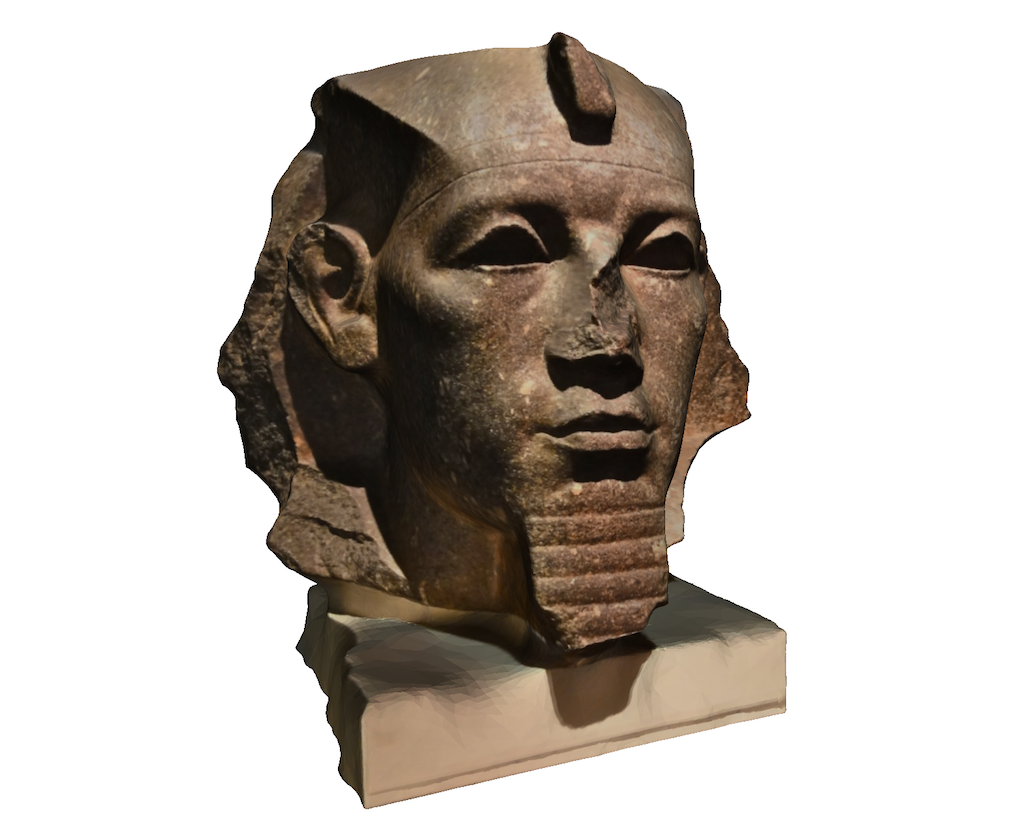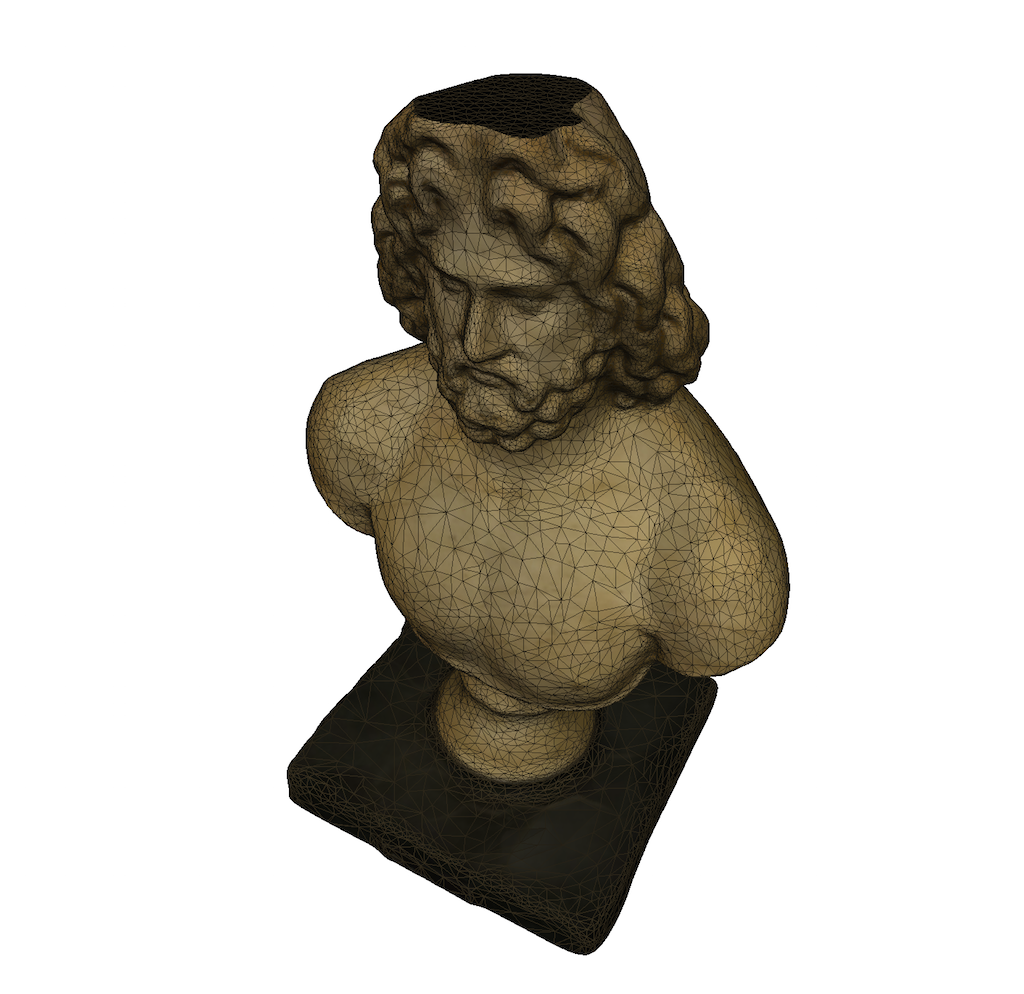
In a move to match other major museums, the venerable British Museum has made several 3D models available for download.
Specifically, they’ve set up an account on SketchFab, a popular 3D model sharing site, where they’ve listed fourteen different models made from detailed 3D scans of their collection.
The models include a variety of specimens, including the Granite head of Amenemhat III (shown above), Marble portrait of Julius Caesar and a Portrait bust of Sir Robert Bruce Cotton, among others.
The models are provided in .OBJ format with accompanying textures for a full color view. This is sufficient for 3D printing if you convert to STL format, perhaps using a free tool like MeshLab. They’re not particularly detailed in most cases, having relatively simplified meshes that imply great use for small prints, but not so useful if you wanted to CNC a full-size version. We suspect that’s the British Museum’s method of protecting their digital property.

One thing to watch for: the models are NOT necessarily ready for 3D printing directly. Consider the case of the unfortunate Colossal Zeus bust here, which seems to have a rather large cavity in its head. Do check your models before printing. You should in any case.
Here we see the granite head using SketchFab’s embedded 3D viewer. You can actually download the model directly from the viewer, too.
The British Museum has an astonishing number of artifacts, with many of them 3D scanned. They’ve chosen to release only fourteen at the moment, which we guess is a first test of this capability. They could release many more and we hope they do.
Meanwhile, we’re grateful we no longer have to embarrassingly 3D image at least some of the museum’s models in person. Unknowing spectators always wonder what we’re doing.
Via SketchFab

